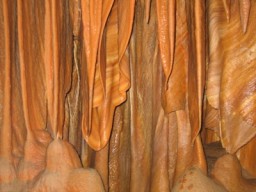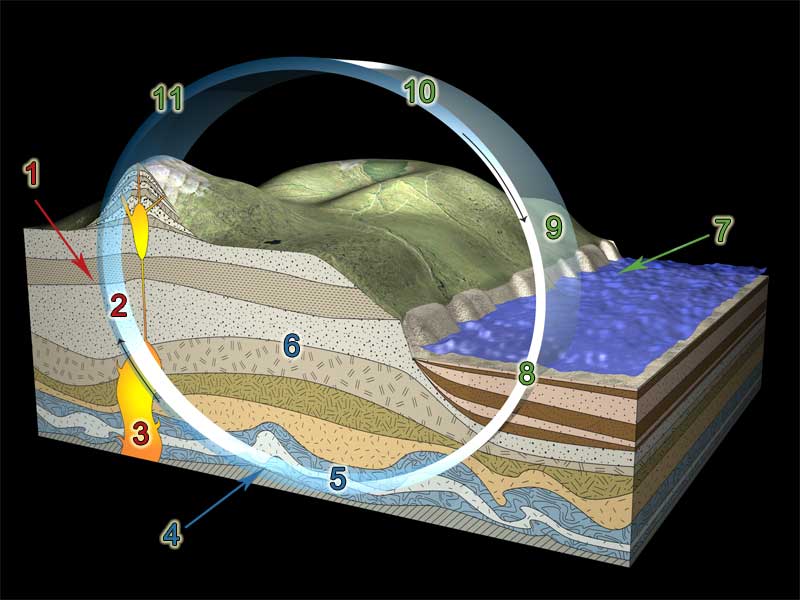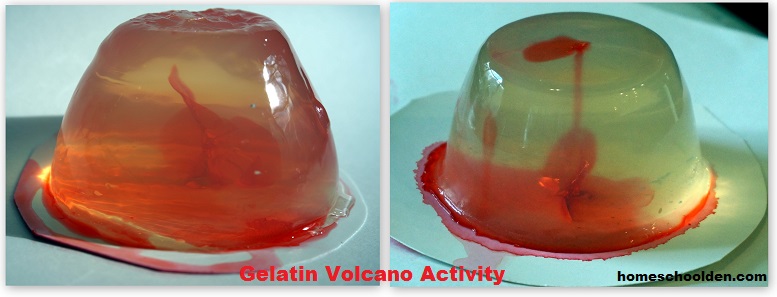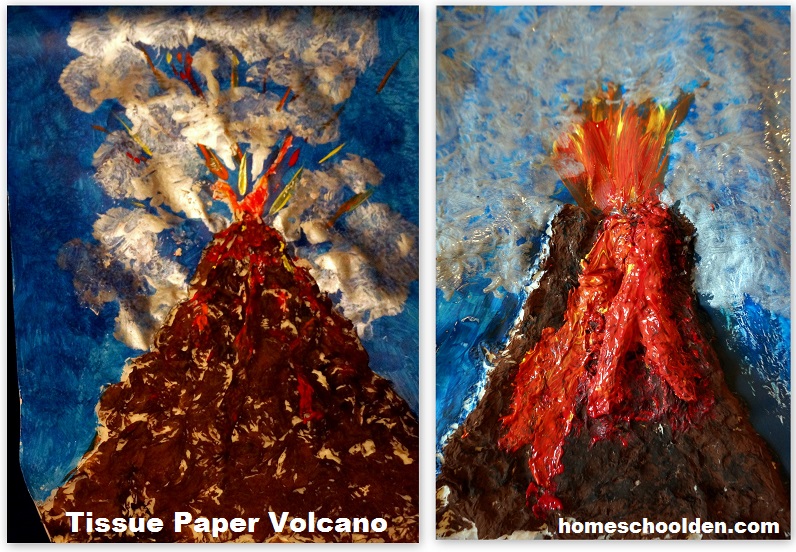Go back: Earth & Space Science Home Page
Read:
Geology Rocks! pg. 31-41
Everything Rocks and Minerals, pg. 36-43






Activity 1: Break it Up!
Geologists use several categories to sort & identify rocks & minerals: color, luster, hardness, gravity & streak. One of the first tests they do, however, is for cleavage. When a mineral breaks into smooth, flat pieces, geologists say it cleaves. If it breaks into rough or jagged pieces, they say it fractures. Different samples of the same mineral will always break apart the same way. Wrap up a large rock sample in an old towel and strike it as hard as you can with a hammer, as described on pg. 35 in Geology Rocks! to observe how it breaks apart.
Activity 2: Other Properties of Rocks & Minerals
Collect several types of rocks-- either from outdoors or from a store. Be sure to get a variety of sizes, colors & shapes. Then, complete the activity on
this page, using five different tests to determine what types of rocks you have based on their properties. The Scratch Test is also explained on pg. 38 of
Geology Rocks, and the streak test is explained on pg. 40.

Activity 3: Rock Tic-Tac-Toe
Complete the tic-tac-toe activity on pg. 41 of
Geology Rocks! to determine whether the rock samples you have are igneous, sedimentary, or metamorphic. Observe some of the most popular types of each of these rocks in
Everything Rocks & Minerals, pg. 22-27.






























 j
j















